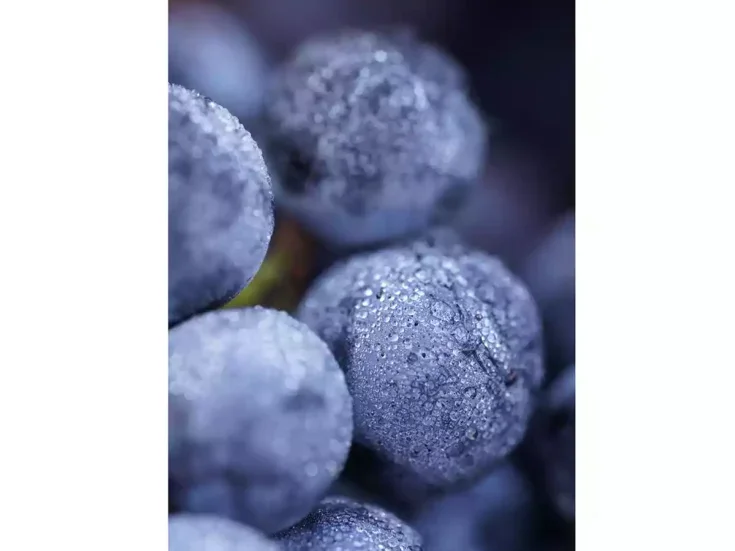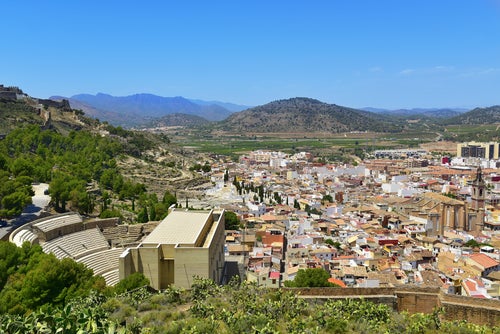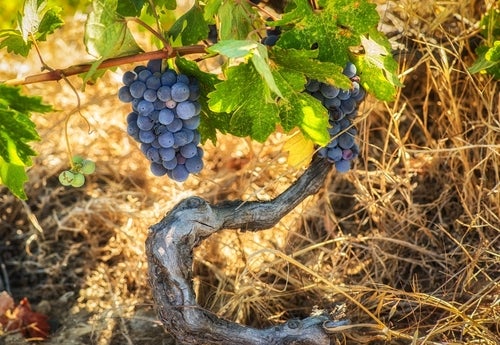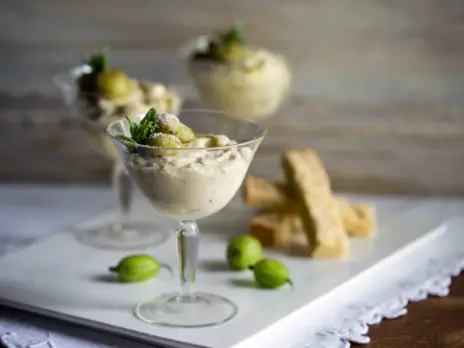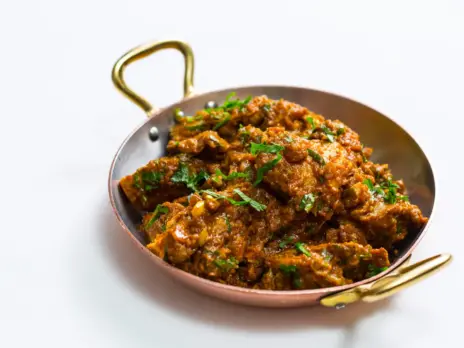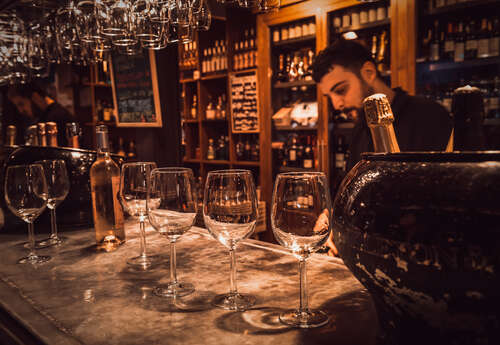
With more and more people, especially young people, choosing to stay sober, Harry Eyres ponders two approaches to persuading them of wine’s many “intellectual and cultural satisfactions.”
I had not meant to start like this. I had promised our esteemed editor a heartening column—and still hope this will turn out to be one. My intention was not to begin with sobering statistics and gloomy prognostications. But as the Spanish philosopher José Ortega y Gasset remarked in Meditaciones del Quijote, “I am I and my circumstances.” That is to say, everything we do and say happens in a context and has meaning only within that context.
The context—for the wine world at the moment, not to mention the wider world—is sobering indeed. Wine is under attack from various quarters. The guardians of our health, nationally and internationally, are taking an increasingly stern line. The World Health Organization announced in late 2022 that “no level of alcohol is safe for our health.” The chief medical officers of the UK now advise that men, as well as women, should not exceed 14 units of alcohol per week. Expect that number to come down. In the US, there is talk of extending and amplifying the obligatory health warnings on labels.
Beyond all that, the trend in wine consumption, globally, is on a downward path, and that applies particularly to young people. In the UK, according to a poll conducted in 2023, just under 33% of those aged between 18 and 24 drink no alcohol at all; the figure in 2011 was 18%. The fine-wine market is also suffering.
Different ideas of wine
I have just returned from a short trip to Madrid and would say that the general level of conviviality there remains remarkably high. Is there any city on Earth with a greater concentration of bars and restaurants, I wonder? But eating at a restaurant that has hardly changed for 50 years, its walls lined with bullfighting posters and photographs, my madrileño friends and I noticed that the group of young women at the next table ordered no wine with their merluza a la vasca, lenguado a la plancha, and chipirones en su tinta. A short discussion followed in which my novelist friend Sonia commented that young madrileños and madrileñas were drinking less wine but making up for it by eating more cakes.
I don’t know what the WHO would make of that. Is any level of cake-eating entirely safe for our health? But more seriously, I asked myself what kind of arguments (if any) might persuade our young dinner-neighbors that a bottle of, say, Godello (increasingly my favorite Spanish white grape variety) would enhance their dining experience. Should one even attempt such persuasion? I must say I found the absence of red faces and raised voices among our sober fellow-diners quite refreshing.
Two rather different approaches come to mind. You could call them, in Nietzschean fashion, the Dionysian and the Apollonian. It may seem perverse for someone of relatively advanced years to berate the younger generation for being too sober, but I would not be the first. Some time after he wrote Meditaciones del Quijote, Ortega y Gasset was wandering through the galleries of the Prado (I followed in his footsteps recently) and came across three depictions of Bacchanalian revelry, by Titian, Velázquez, and Poussin. The ancients, he realized, had an entirely different idea of wine from the modern techno-rational one; for them, wine “condensed an astonishing force which gave power to humans and animals and led them to a better life.”
Feeling sober and feeling connected?
It is true that achieving that ecstatic state when we “coincide with all the universe” might require more than a single bottle of Godello and could lead to an almighty hangover. So, let us move to the opposite pole from Dionysian abandon—Apollonian reason. Wine doesn’t just give us a high and make us feel like gods; it also offers intellectual and cultural satisfactions similar to those afforded by other art forms. Wine is one of the deep mysteries of our culture, an artifact that brings together agriculture, aesthetics, and religion, the care of the land, the discriminations of our senses, and the care of our souls. Wine, like other art forms, calls forth—even requires—discussion. It is part of the humanities, defined by US philosopher William James as “the sifting of human creations.” So, our young not-quite-companions were missing out on a great topic of humanistic conversation.
Might that line have won them over? I’m not sure. Perhaps it sounds a little too abstract and academic for something as earthy as wine. The deepest essence of wine for me is neither Dionysiac abandon nor pure Apollonian logos. I found it, on my recent Madrid trip, neither in the Prado nor in the restaurant but in a bar on a backstreet I have been frequenting for 30 years and more. La Venencia in Calle de Echegaray is a Sherry bar, named for the implement—a deep cup attached to a long cane—used for extracting samples of Sherry, especially Fino and Manazanilla, from barrels. The bar is as long and narrow as the implement, and the inspissated gloom seems as old as time, or at least as old as a Velázquez bodega scene. They serve only Sherry, all the different kinds, from the barrel, in copitas, and they mark your bill up in chalk on the top of the bar. This is not about getting drunk or about high-brow wine talk; it’s about something else, which Velázquez understood: feeling connected, however briefly, to this mortal life, the living earth, and the people you share it with. At Barajas airport, I bought a bottle of one of Osborne’s new range of en rama bottlings, the Fino La Honda. Its magnificent complexity has been consoling me ever since, for being back in the land without sun that stupidly cut itself off from its neighbors.

